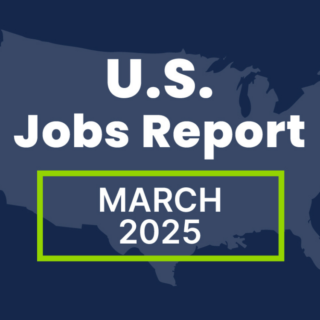The Labor Department released its June jobs report with better than expected job growth and signs that point to increasing labor force participation. Here’s what we know:
The numbers
222,000: The U.S. economy added 222,000 jobs in June
4.4%: The unemployment rate rose to 4.4 percent
2.5%: Wages went up 2.5 percent over the past year
The good
The 222,000 jobs added is good news. According to the Wall Street Journal, it’s the largest increase since February, and it’s even larger than economists were expecting. This helps quash some of the fears about slowing job growth that we talked about after the May jobs report.
Additionally, even though an increase in the unemployment rate may not seem positive, it’s a sign that more people are entering the job market. Marketwatch reports that’s typical for the month of June, as the flood of new college grads enter the job market, though modest gains in labor force participation indicate that some workers sidelined during the recession have gained the confidence to re-enter the job market.
The bad
The 2.5 percent wage increase is a familiar number for economists. Bloomberg reports that while hiring has accelerated throughout the recovery from the Great Recession, wage gains have remained modest. Economists had expected wages to increase as the unemployment rate fell. So far, that hasn’t happened.
The unknown
The biggest unknown is why wage gains continue to disappoint. The New York Times reports it may be a sign that the economy is not yet nearing full employment like some had predicted and still has room to grow. Bloomberg reports that the growing labor force participation could be keeping wages down, but other economists point to the retirement of high-earning Baby Boomers who are being replaced by the lower-earning millennial workforce. Marketwatch also points to the possibility of decreased productivity and increased global competition.
Read our analysis of the July report here.


